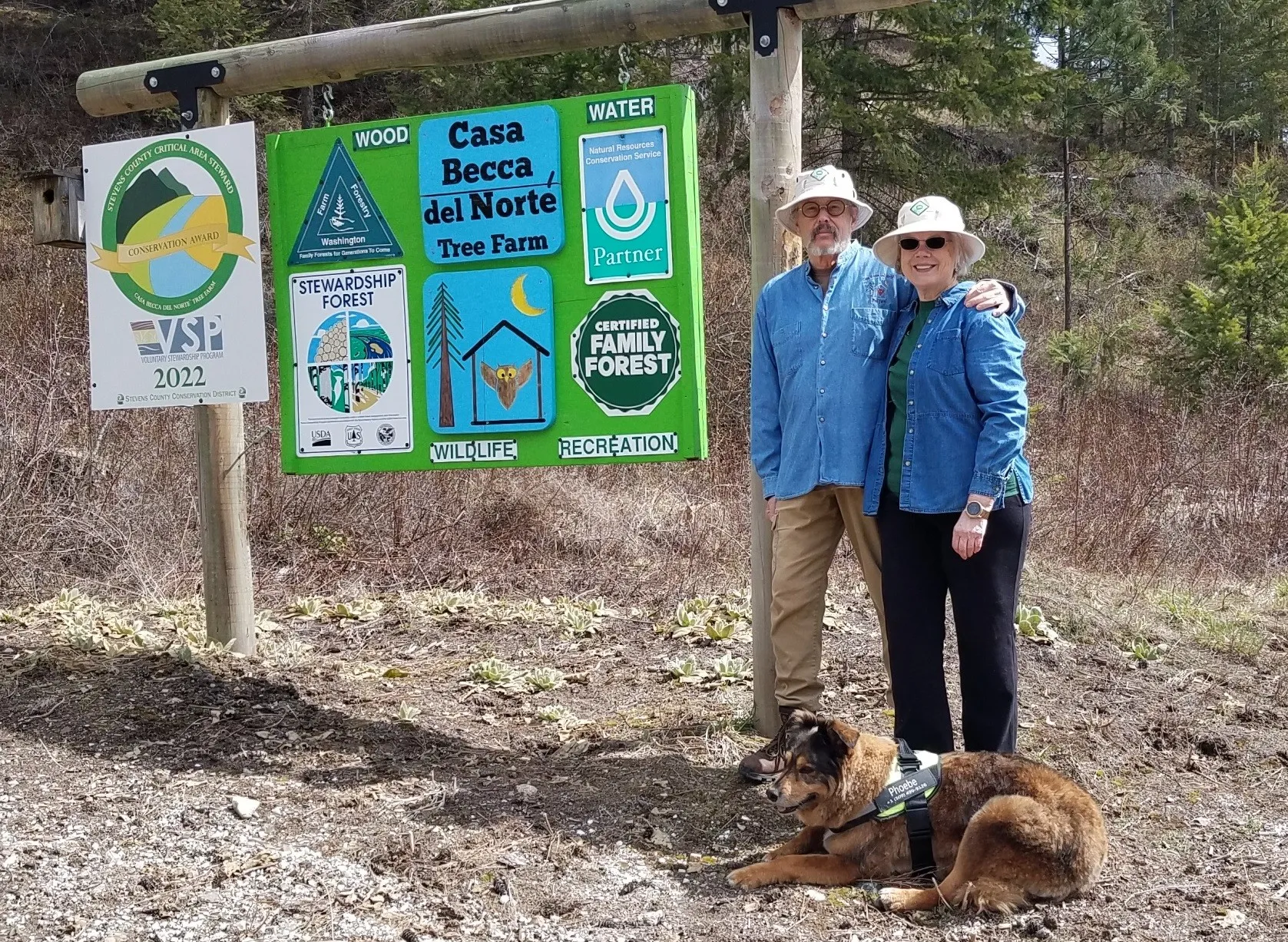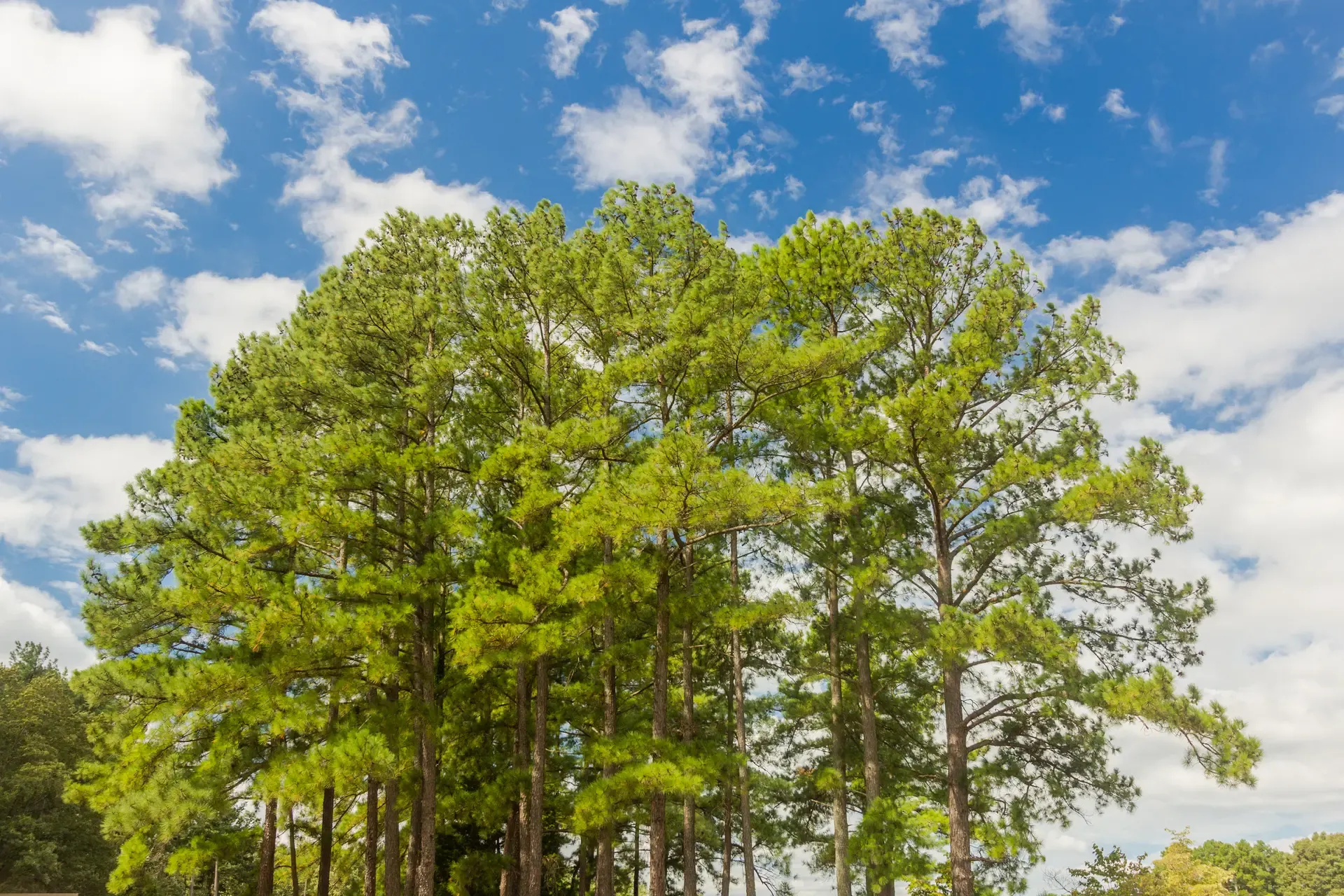Mary LaHood and Bob Burns, 2020 National Outstanding Tree Farmer of the Year Finalist

The 320-acre LaHood-Burns Family Forest, in Black Hawk, South Dakota, has been in Bob Burns’ family since his great-grandfather, a railroad worker, bought the land in 1887 for $675. There was no history of timber management until Bob took over the property in 1969. He was studying environmental science at Rutgers University, including courses in forestry and watershed management.
Bob began thinning some of the overgrown dog-hair areas that dominated the property. He worked by himself, selling posts to finance the project, but soon learned about cost-share programs, which enabled him to hire timber contractors to help with the work.
Bob and Mary LaHood married in 1986. Raising a family put a pause on forest management. That changed on August 15, 1994, when the lightning-caused Stagebarn Fire erupted on National Forest Service land bordering their property. Bob’s knowledge of the area was instrumental in laying out an attack plan. He guided the bulldozer operator in creating a two-mile fire line on two sides of the blaze. The fire didn’t jump the lines, and no homes were lost.
The fire refocused Bob and Mary on forest health. With the help of forester Fred Goetz, they drew up a stewardship plan and a comprehensive timber management plan, including a salvage sale of the burned property, a sawlog harvest, a post and pole sale, and precommercial thinning of the remaining accessible property.
Access had been a longstanding challenge to forest management. With Goetz’s help, Bob explained to his neighbors the benefits of a well-managed, fire-resistant forest adjacent to their homes and addressed their concerns about the impact of the gravel logging roads. As a result, many neighbors welcomed the logging project, and some adjoining landowners added a total of 80 acres to the treatment area.
Cost-sharing assistance helped them remove pines from an 18-acre hardwood area, reviving a long-lost spring that quickly attracted grouse. Turkey, deer, mountain lion, coyote, fox, squirrels, and birds benefit from the oak, chokecherry, aspen, birch, green ash, hawthorn, and other native plants that were previously inhibited by the thick pine overstory.
Today, the LaHood-Burns Family Forest is a place where neighbors hike and hunt, the family gathers to camp, youth groups experience nature, community groups learn about tree farming—and where the foundation for the next generation of family forest owners is being built.
America’s family forests are vital for clean water and air, wildlife habitat, and sustainable wood supplies. The American Tree Farm System, the American Forest Foundation’s signature program, is the country’s largest sustainable woodland program, with a network of more than 70,000 family forest owners managing 19 million acres of forestland.
Related Articles

November 20, 2025
New Film Showcases Carbon Project’s Impact on Family Landowners and Nature
The American Forest Foundation (AFF), a national organization committed to empowering family forest owners to create meaningful conservation impact, announced today the release of a new film that tells the story of the Family Forest Carbon Program (FFCP) and its impact on people and the planet.

November 6, 2025
Meet the 2025 Outstanding Tree Farmers of the Western Region – Lynn and Becky Miner
Lynn and Becky Miner’s story is one of vision, perseverance, and transformation. When they first purchased their 100-acre property near Chewelah, Washington in 1992, it was far from the thriving, diverse forest it is today. They have poured their energy into turning “Casa Becca del Norte” (Becky’s House in the North) into a model Tree Farm, earning the recognition as 2025’s Outstanding Tree Farmers of the western region.

June 3, 2025
Why Wildlife Loves Loblolly—And How These Pines Can Benefit Your Land
A quiet stretch of pine trees can offer more than just scenery—it can provide vital habitat for wildlife across every season. Loblolly pine, the most common native tree species in the Southeast, plays a particularly important role in creating habitat for a wide variety of game and non-game species, from wild turkeys and rabbits to songbirds and squirrels.